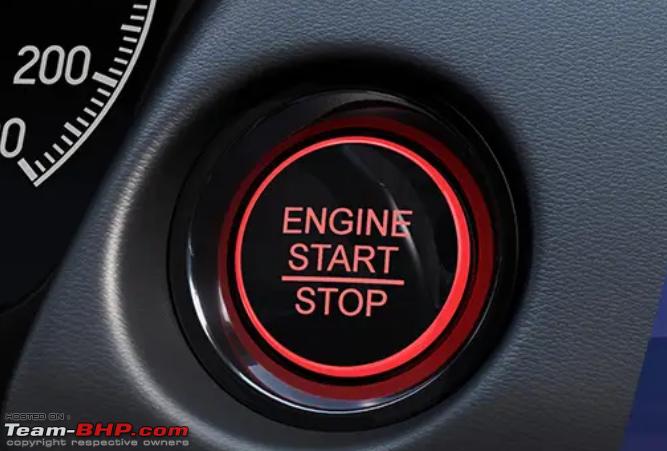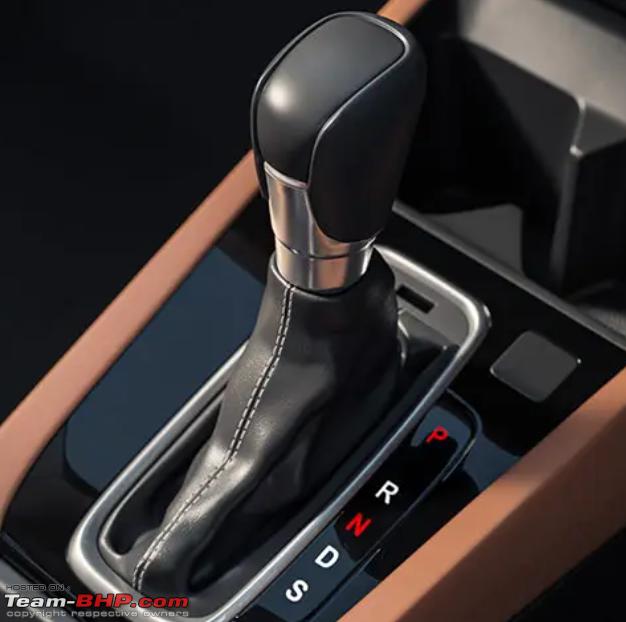Comparison | Honda City vs. Honda Elevate
Introduction
Honda has recently introduced a fresh addition to its lineup, the Elevate SUV. This compact SUV shares its foundation with the well-established Honda City, but it's designed with a unique SUV style. For quite some time, the Honda City has held a prominent position as one of Honda's flagship models in India. Now, the question that arises is whether the new Elevate outperforms the City. Below, I compare the Honda City with the Honda Elevate across various parameters.
There are some differences in the dimensions of the City and Elevate. The City measures 4583 mm in length, 1748 mm in width, and 1489 mm in height. In contrast, the Elevate's dimensions are 4312 mm in length, 1790 mm in width, and 1650 mm in height. Additionally, the City has a ground clearance of 165 mm, which is less than the Elevate's substantial 220 mm. When it comes to boot space, the City offers a larger capacity of 506 litres compared to the Elevate's 458 litres. The wheelbase of the City measures 2600 mm, while the Elevate boasts a larger wheelbase at 2650 mm.

Exterior Changes
Design
While the City presents a sleek and elongated profile with a clean and elegant appearance, the Honda Elevate shows a boxy yet sophisticated silhouette. It looks more like a stretched-out hatchback than a regular SUV. Both cars have simple designs that are expected to stay attractive for a long time.

Front
In the front of the City, you'll find a honeycomb grille along with a chrome strip. The front bumper has a sporty appearance, and there's a tasteful carbon fibre finish on the chin, which isn't overly done. On the other hand, the Elevate features a larger grille with a chrome strip, albeit smaller than the City's. The substantial grille has a commanding presence. The bumpers have a neat appearance, and underneath, there's a faux skid plate. Overall, the front end of both cars looks impressive.
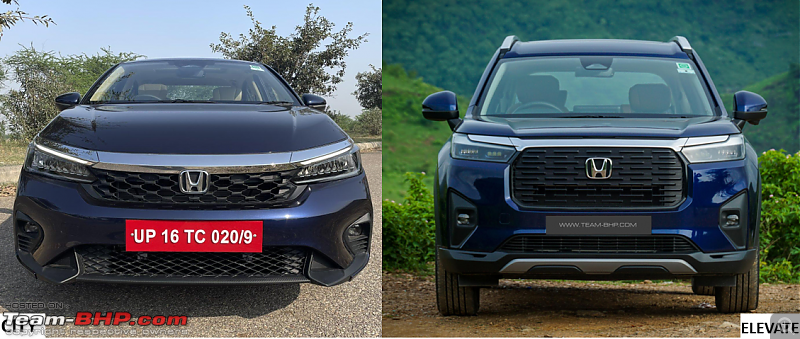
Rear
The rear of the City has a sporty appearance with a lid spoiler and a sporty rear bumper. The bumper has a slim design, featuring a blacked-out lower portion, and similar to the front, there are carbon-fibre elements used here. In contrast, the rear of the Elevate adopts a more straightforward, simplistic look with many straight-line elements. It comes with connected tail lamps. The rear bumpers have a clean design with minimal details, and like the front, there's also a faux skid plate. Overall, both rear designs look good.
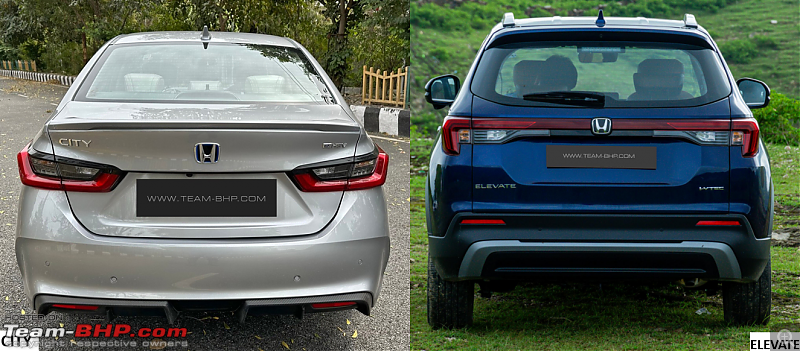
Side
The side profile of the City looks elegant, resembling that of a D-segment sedan, giving it a premium appearance. On the other hand, the Elevate's side profile appears boxy, with a straight roofline and squared-off wheel arches that give it a sturdy stance. However, it resembles a stretched hatchback from the side rather than a typical SUV. Overall, the City's side profile looks a tad more premium, but there's no significant issue with the Elevate's side profile either.

Interior
Dashboard and Cabin
The City boasts a delightful interior ambience with an overall premium cabin look and feel. The presence of leather inserts adds a nice touch. Its interior design is straightforward and follows a beige and black theme, which looks very premium. Inside the Honda Elevate, you'll discover a clean dashboard design with straight lines, much like its exterior appearance. The interior adopts a black and tan theme, which complements the overall feel of the cabin.
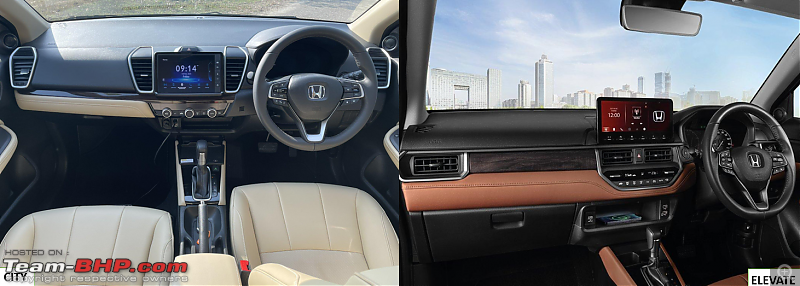
Front Seats
Both the cars have similar front seats. The front seats are comfortable in both the cars but lack ventilation. They're soft enough for long drives.

Rear Seats
In the City, you'll find good legroom and knee room, suitable for three adults, although there might be a slight concern about headroom. However, it lacks adjustable headrests. On the other hand, the Elevate offers good legroom, knee room, and headroom. It also comes with adjustable headrests for the side passengers in the rear. However, it lacks a headrest for the middle passenger and surprisingly does not have a 3-point seat belt for the middle passenger, a feature present in the City. The Elevate is better suited for accommodating two adults rather than three.
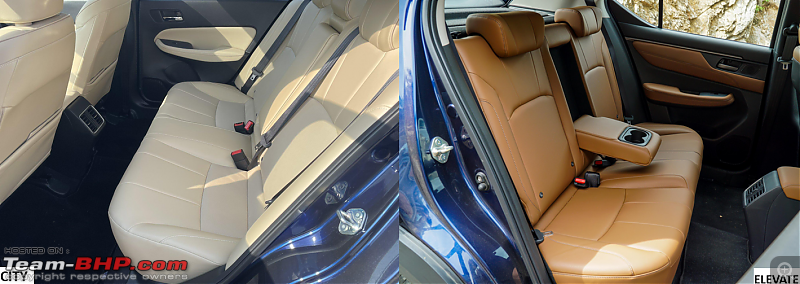
Instrument Cluster
Both cars share a similar instrument cluster, which includes a traditional analogue speedometer combined with a 7-inch digital screen. This digital screen provides a range of information, including details on fuel consumption, trip information, outside temperature, and more.

Infotainment System
The Honda City features an 8-inch infotainment system that might seem a bit outdated, sporting an older interface and a somewhat uninspiring design. While it does offer wireless connectivity, its overall design might not be very appealing. On the other hand, the Elevate offers a user-friendly 10.25-inch touchscreen infotainment system that's responsive and easy to navigate. It also comes with physical buttons for added convenience and provides wireless connectivity, delivering a more modern and enjoyable tech experience.

Speakers
Both the Honda City and the Elevate come equipped with the same 8-speaker audio system, providing clear and high-quality sound even at high volume levels. The audio quality is good in both cars.

Features
Infotainment System 
City: 8-inch touchscreen Driver's Display 
Elevate: 7-inch semi-digital
City: 7-inch semi-digital Apple Carplay/Android Auto 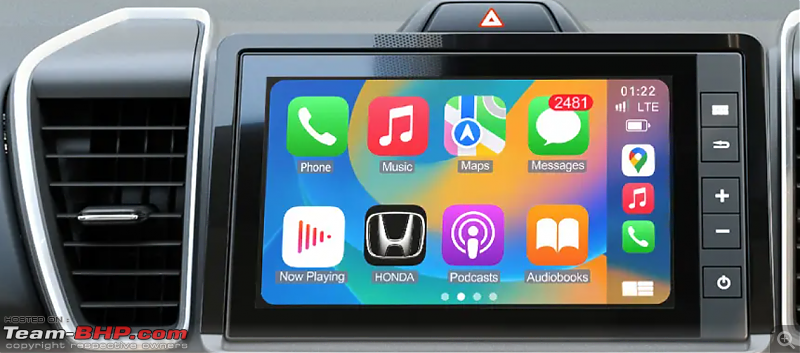
Both models offer wireless connectivity.
Connected Car Tech 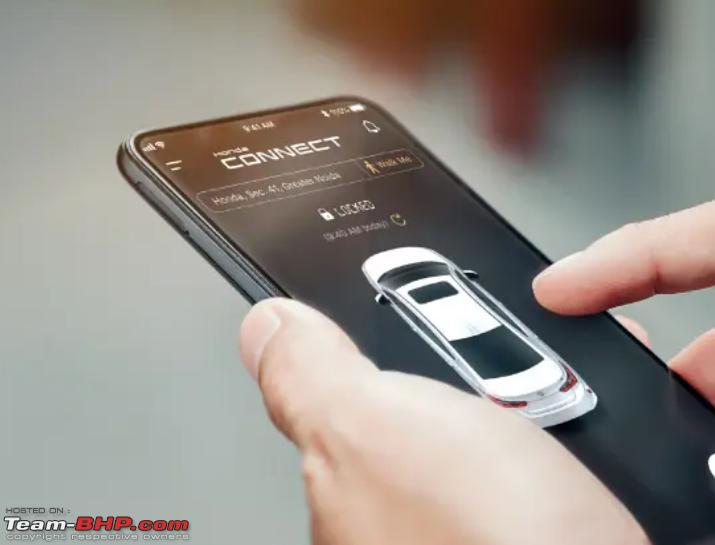
Both the Elevate and the City are equipped with connected car technology.
Climate Control 
Elevate and City come with automatic AC for climate control.
Rear AC Vents 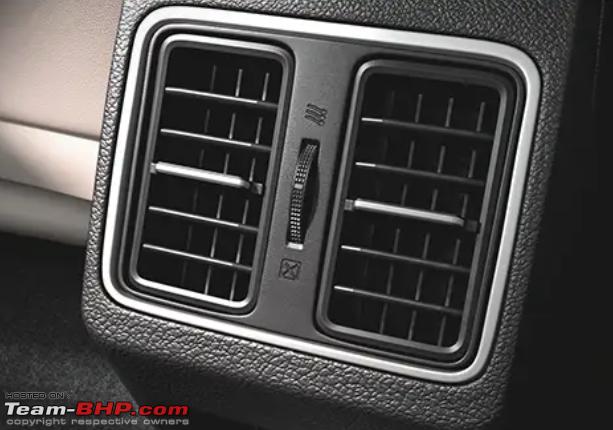
Both models have rear AC vents for passenger comfort.
Headlights 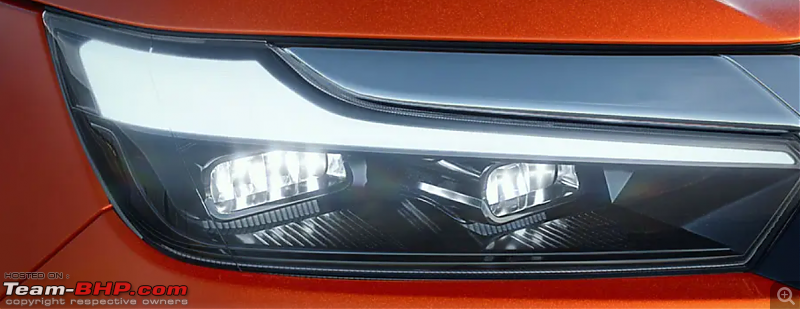
Elevate boasts LED projector headlights with LED DRLs, while City features LED reflector headlights with LED DRLs. Both models offer auto headlights.
ORVMs (Outside Rear View Mirrors) 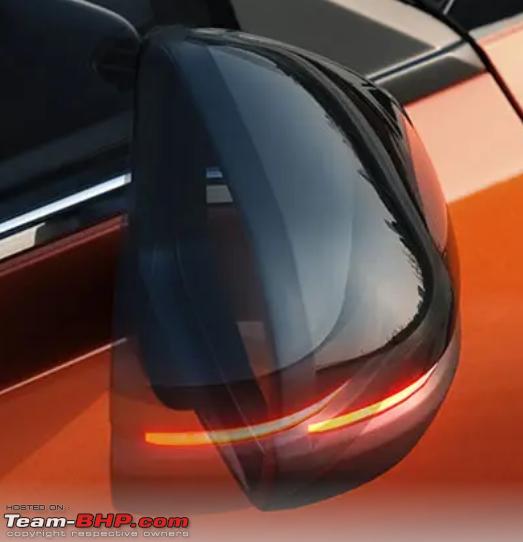
Both have automatic and electronically adjustable ORVMs.
Keyless Entry/Push Button Start-Stop
Both Elevate and City provide keyless entry and push-button start-stop functionality.
Sunroof 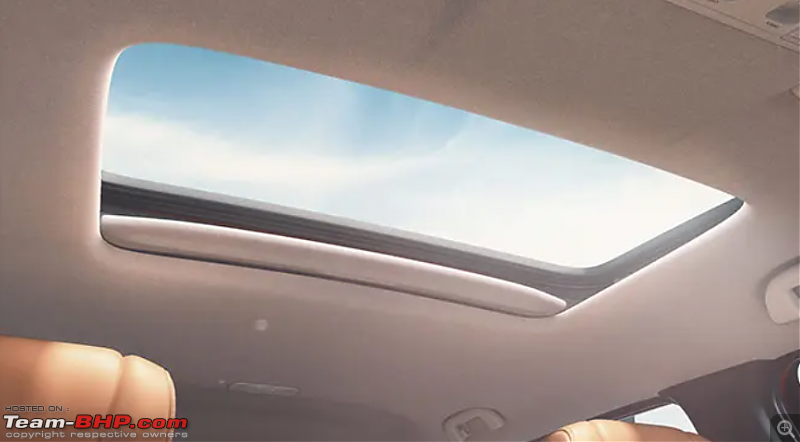
Both the Elevate and the City come equipped with a sunroof.
Wireless Phone Charger 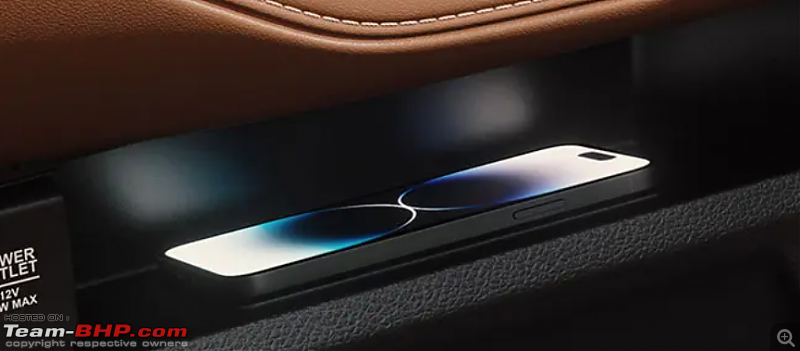
While both models offer wireless charging, the City's wireless charger appears more like an aftermarket addition.
Airbags 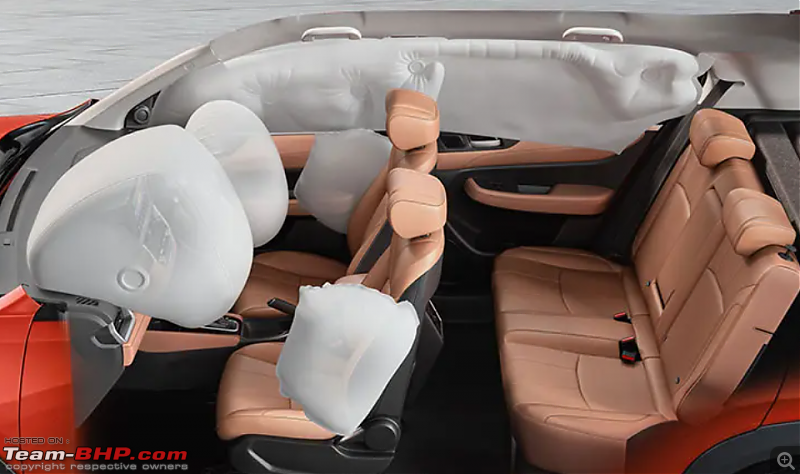
Elevate and City prioritize safety with 6 airbags each.
ISOFIX Mounts 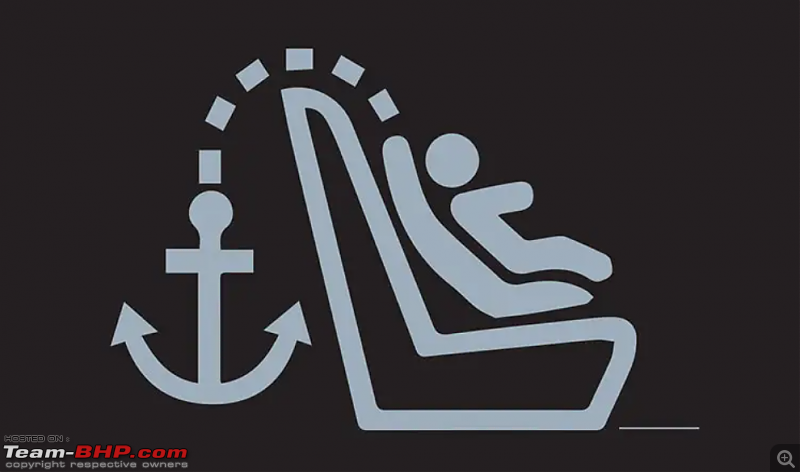
Both models include ISOFIX mounts for securing child seats.
Tyre Pressure Monitoring System (TPMS)
Neither the City nor the Elevate gets TPMS. The City features a tire deflation warning system that alerts drivers in case of air pressure loss, while the Elevate does not have this feature.
Both the Elevate and the City offer similar features, and they are quite alike in many aspects. However, the Elevate's superior infotainment system sets it apart and elevates the overall experience for the passengers.
Safety
Both the Honda City and the Honda Elevate have not undergone crash testing yet. However, they are equipped with a comprehensive range of safety features, including 6 airbags, forward collision warning, automatic emergency braking, high-beam assist, seat belt warning, child lock, anchor points for child seats, overspeed warning, speed-sensing door lock, anti-theft engine immobilizer, middle rear three-point seatbelt, lane departure warning, central locking, and more. It is anticipated that they will achieve a minimum 4-star safety rating, considering that the Honda City 4G received a good 4-star rating from GNCAP.

Performance
In terms of performance, both the Honda Elevate and City are equipped with the same 121PS 1.5-litre petrol engine. They also share identical transmission options, offering a choice between a 6-speed manual transmission or a CVT. However, there are differences in their fuel efficiency figures. The Honda Elevate claims a fuel efficiency of 16.92kmpl with the CVT and 15.31kmpl with MT, while the City boasts slightly better figures with a claimed efficiency of 18.4kmpl with the CVT and 17.8kmpl with the MT.
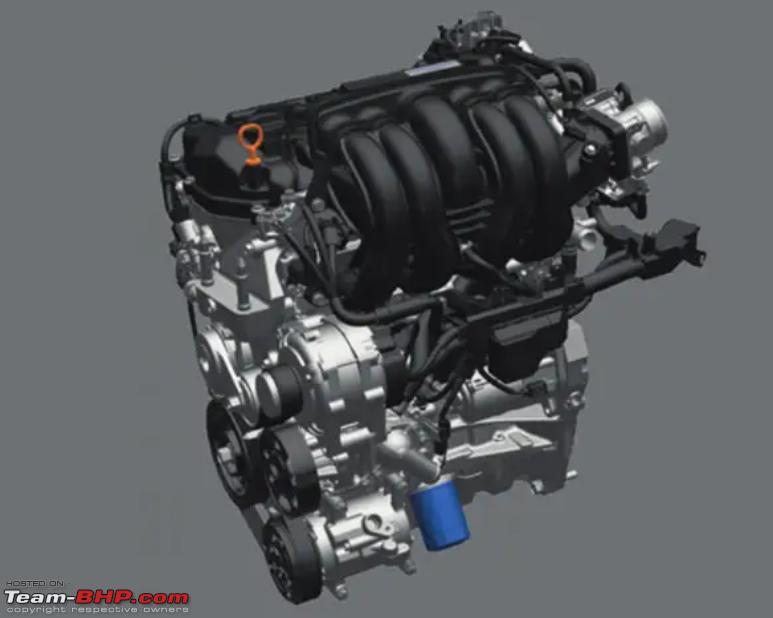
When it comes to driving experience, both cars provide effortless city driving with a light clutch and a responsive gearbox. Their high-revving nature allows you to explore the engine's rpm range effectively. The 6-speed manual transmission offers precise gear changes. The 1.5L CVT is suitable for urban commuting, ensuring smooth operation and being ideal for city driving. Both cars exhibit impressive straight-line stability and offer a comfortable ride. The user-friendly electric power steering enhances the driving experience, although they have limited steering feedback.
Additionally, it's worth noting that the City offers a self-charging strong hybrid variant, while the Elevate will get an all-electric version in 2026.
Variants and Price
Honda City
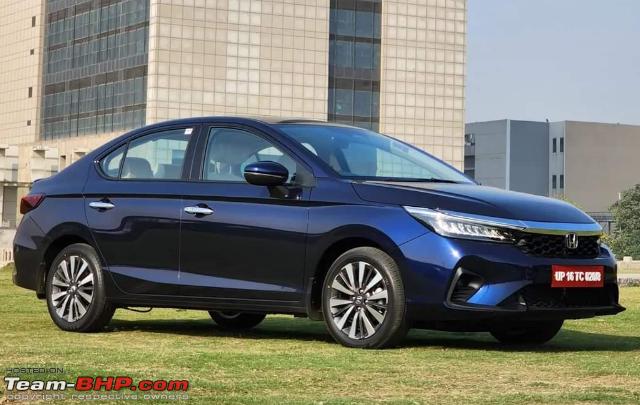
SV(Petrol) (Base Model): Rs.11,62,900
V(Petrol): Rs.12,50,900
VX(Petrol): Rs.13,62,900
ZX(Petrol) (Top Model): Rs.14,85,900
Automatic Transmission:
V CVT(Petrol) (Base Model): Rs.13,75,900
VX CVT(Petrol): Rs.14,87,900
ZX CVT(Petrol) (Top Model): Rs.16,10,900
Honda Elevate
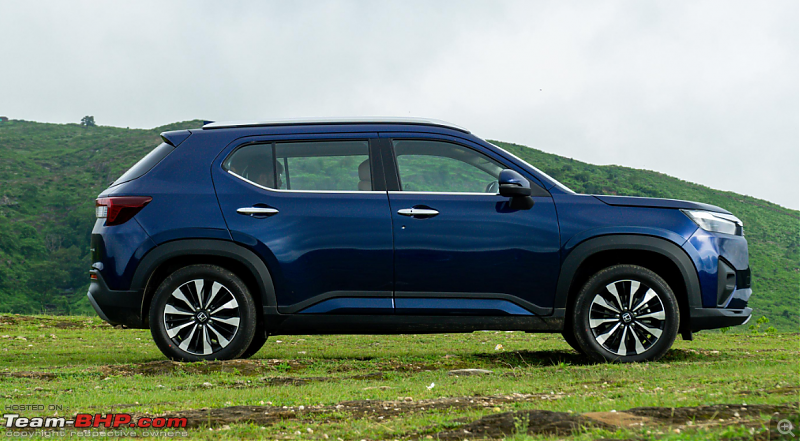
SV(Petrol) (Base Model): Rs.10,99,899
V(Petrol): Rs.12,10,899
VX(Petrol): Rs.13,49,899
ZX(Petrol) (Top Model): Rs.14,89,899
Automatic Transmission:
V CVT(Petrol) (Base Model): Rs.13,20,899
VX CVT(Petrol): Rs.14,59,899
ZX CVT(Petrol) (Top Model): Rs.15,99,899
Conclusion
Distinguishing between the Elevate and the City can indeed be a challenge. While they have different body styles, their shared features and powertrains make it even harder to draw a clear line between them. In the end, your choice will depend on your personal preferences.
The Honda Elevate commands attention with its bold, boxy exterior and elevated ride height, giving it a strong road presence. However, the City, with its sophistication, has its own set of advantages.
If having more boot space and accommodating a fifth passenger is a priority for you, then the City would be the choice. However, if you prefer a proper four-seater configuration and seek something distinct from the City while still enjoying that Honda DNA and a good driving experience, then the Elevate is the way to go.


 (39)
Thanks
(39)
Thanks
 (6)
Thanks
(6)
Thanks
 (4)
Thanks
(4)
Thanks
 (4)
Thanks
(4)
Thanks
 (15)
Thanks
(15)
Thanks
 (3)
Thanks
(3)
Thanks
 (4)
Thanks
(4)
Thanks
 (23)
Thanks
(23)
Thanks
 (12)
Thanks
(12)
Thanks
 (1)
Thanks
(1)
Thanks
 (2)
Thanks
(2)
Thanks
 (2)
Thanks
(2)
Thanks
 (1)
Thanks
(1)
Thanks
 (3)
Thanks
(3)
Thanks



















